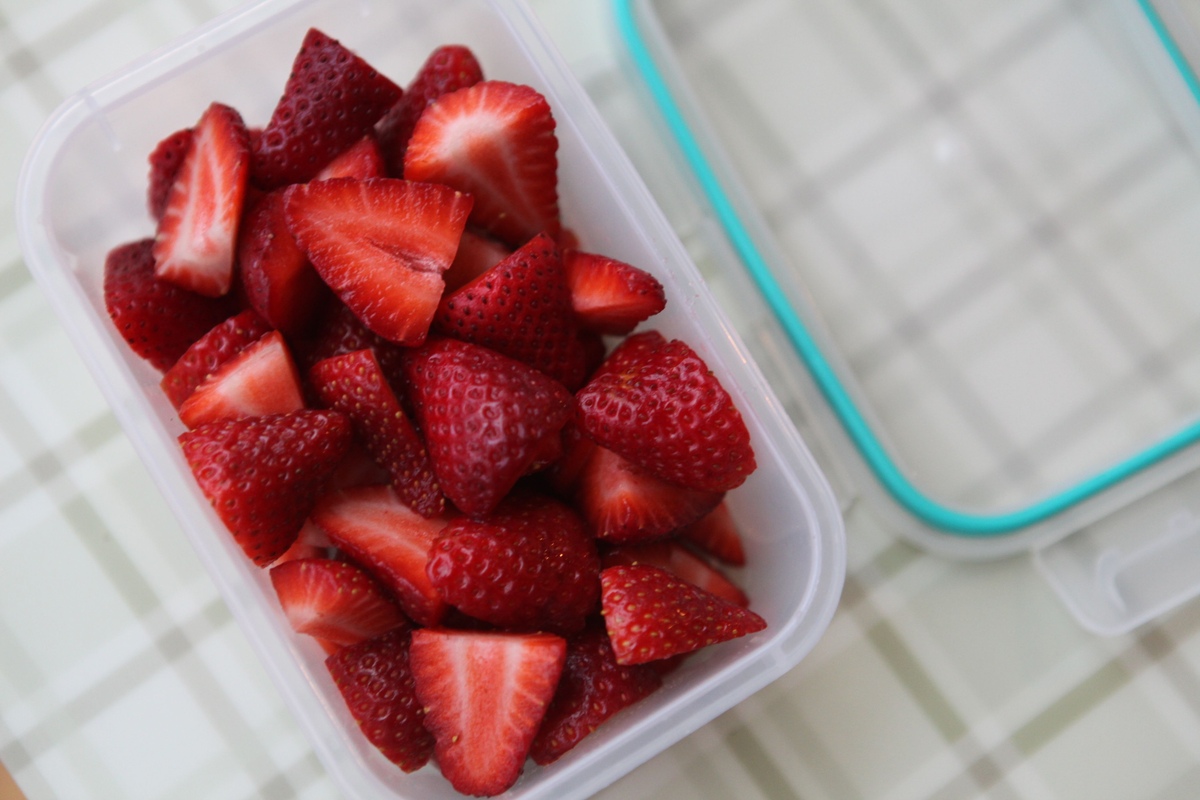

Articles
How To Store Cut Strawberries
Modified: January 5, 2024
Learn how to store cut strawberries and keep them fresh for longer with our informative articles. Discover tips and tricks for preserving the flavor and texture of your strawberries.
(Many of the links in this article redirect to a specific reviewed product. Your purchase of these products through affiliate links helps to generate commission for Storables.com, at no extra cost. Learn more)
Introduction
Strawberries are delicious fruits that are loved by many for their vibrant color, juicy texture, and sweet taste. Whether you enjoy them as a snack, use them in desserts, or add them to your morning cereal, strawberries are a versatile and nutritious addition to any meal. However, once you’ve cut into a strawberry, proper storage becomes vital to maintain its freshness, flavor, and quality.
In this article, we will explore the importance of storing cut strawberries correctly and provide you with helpful tips to extend their shelf life. We’ll also discuss the factors that affect the longevity of cut strawberries, the best containers for storage, and how to freeze them for long-term use.
Proper storage of cut strawberries is essential to prevent them from spoiling too quickly. When left unattended, cut strawberries are prone to oxidation, which causes them to turn mushy, lose their nutritional value, and develop an unpleasant taste. By following the right storage guidelines, you can ensure that your cut strawberries stay fresh and delicious for a longer period.
Factors such as temperature, moisture, and exposure to air greatly influence the shelf life of cut strawberries. Understanding these factors will help you make informed choices when it comes to storing your strawberries.
Preparing strawberries correctly before storing them is also crucial. Washing them gently, removing any damaged or moldy parts, and allowing them to dry completely will help prevent the growth of bacteria and mold, which can rapidly spoil your strawberries.
Choosing the right container is another important aspect of proper strawberry storage. The container you select should provide adequate ventilation to prevent excess moisture buildup while protecting the strawberries from direct exposure to air, which can accelerate their deterioration.
Refrigeration is the most common method used to store cut strawberries. The cool temperature of the refrigerator slows down the ripening process and helps keep the strawberries fresh. However, there are certain techniques and practices you should follow to optimize the storage conditions and ensure the best possible results.
In addition to refrigeration, freezing is another effective method for extending the shelf life of cut strawberries. Freezing helps preserve the taste and texture of the strawberries, allowing you to enjoy them even during the off-season. We will discuss the proper way to freeze and thaw cut strawberries to maintain their quality.
Now that we understand the importance of proper storage for cut strawberries, let’s delve into the factors that affect their shelf life and explore the best techniques for preserving their freshness and flavor.
Key Takeaways:
- Proper storage of cut strawberries is essential to maintain their flavor, nutrition, and freshness. Factors like oxidation, temperature, and container choice greatly impact their shelf life.
- Freezing cut strawberries is a great way to extend their shelf life. Proper preparation, flash freezing, and slow thawing help preserve their flavor and texture for long-term use.
Read more: How To Store Cut Strawberries Overnight
Why Proper Storage of Cut Strawberries Is Important
Proper storage of cut strawberries is crucial to maintain their freshness, flavor, and quality. When strawberries are cut, they are exposed to air, which speeds up the oxidation process. Oxidation causes the strawberries to lose their vibrant color, become mushy, and develop a sour taste.
By storing cut strawberries correctly, you can extend their shelf life and ensure that they remain enjoyable to eat. Here are a few reasons why proper storage is important:
- Preserves flavor: When strawberries are cut, their natural sugars are exposed to the air, leading to the breakdown of the sugars and loss of flavor. Proper storage helps slow down this process, allowing the strawberries to retain their sweet and delicious taste for a longer period.
- Retains nutritional value: Strawberries are packed with essential vitamins, antioxidants, and fiber. However, once they are cut, their nutritional value starts to diminish due to oxidation. By storing cut strawberries properly, you can slow down the oxidation process and preserve their nutritional content.
- Reduces wastage: Improper storage of cut strawberries can lead to spoilage and wastage. Mold growth, bacterial contamination, and rapid deterioration are common issues when strawberries are not stored correctly. By following proper storage practices, you can minimize wastage and ensure that your strawberries stay fresh and edible for a longer time.
- Saves money: Buying fresh strawberries can be expensive, especially when they are not in season. Properly storing cut strawberries allows you to enjoy them over a longer period, reducing the need to constantly purchase fresh ones. This can help save money in the long run.
- Enhances convenience: Storing cut strawberries properly makes it easier to incorporate them into your meals and snacks. You can prepare a batch of cut strawberries in advance and have them readily available for use in smoothies, salads, desserts, or as a healthy snack option.
By understanding the importance of proper storage and implementing the right techniques, you can extend the shelf life of cut strawberries and enjoy their deliciousness for an extended period. In the following sections, we will explore the various factors that affect the shelf life of cut strawberries and provide you with tips and guidelines for storing them effectively.
Factors Affecting the Shelf Life of Cut Strawberries
Several factors can influence the shelf life of cut strawberries. Understanding these factors will help you implement proper storage techniques to maintain the freshness and quality of your berries. Here are the key factors that affect the shelf life of cut strawberries:
- Oxidation: When strawberries are cut, they come into contact with air, which triggers oxidation. Oxidation causes the strawberries to turn mushy, lose their vibrant color, and develop a sour taste. Minimizing the exposure of cut strawberries to air is essential to extend their shelf life.
- Temperature: Temperature plays a crucial role in determining the shelf life of cut strawberries. High temperatures accelerate the ripening process and promote the growth of bacteria and mold. Storing cut strawberries at a cool temperature will help slow down these processes and prolong their freshness.
- Moisture: Moisture can lead to the growth of mold and bacteria, causing cut strawberries to spoil quickly. Excess moisture can also make the strawberries become mushy and lose their texture. It’s important to store cut strawberries in a container that allows for proper ventilation to prevent moisture buildup.
- Light: Exposure to light can cause the breakdown of nutrients and affect the overall quality of cut strawberries. Keeping the berries in a dark or opaque container will help protect them from light and preserve their freshness.
- Handling: How cut strawberries are handled can impact their shelf life. Rough handling can cause bruising and damage, leading to faster spoilage. It’s essential to handle cut strawberries gently to prevent any physical damage and preserve their quality.
- Mold and bacterial growth: Cut strawberries are susceptible to mold and bacterial contamination, which can quickly spoil the berries. Proper washing and drying of strawberries before cutting, as well as using clean utensils and containers, will help prevent the growth of mold and bacteria.
By considering these factors and taking the necessary precautions, you can maximize the shelf life of your cut strawberries and enjoy them for longer periods. In the next sections, we will provide you with step-by-step instructions on how to prepare strawberries for storage, the best containers for storing cut strawberries, and the proper techniques for refrigerating and freezing them.
Preparing Strawberries for Storage
Properly preparing strawberries before storing them is essential to ensure their longevity and quality. Here are the steps to follow when preparing strawberries for storage:
- Choose fresh strawberries: Select strawberries that are ripe, firm, and free from any signs of mold or bruising. Fresh strawberries will have a vibrant red color and a sweet aroma.
- Wash the strawberries: Gently rinse the strawberries under cool running water to remove any dirt or debris. Avoid soaking the berries, as strawberries are porous and can absorb excess water, which can lead to spoilage.
- Remove stems and leaves: Use a paring knife or your fingers to remove the green stems and leaves from the strawberries. Cut off as little of the strawberry flesh as possible.
- Inspect for any damage: Check each strawberry for any signs of damage or mold. Discard any berries that are soft, bruised, or moldy, as they can quickly spoil the rest of the strawberries.
- Dry the strawberries: Gently pat the strawberries dry using a clean kitchen towel or paper towels. It’s important to remove excess moisture, as moisture can promote the growth of mold and bacteria.
- Avoid pre-cutting: It’s best to cut strawberries just before you plan to use them. Cutting strawberries in advance exposes them to air and accelerates the oxidation process, reducing their shelf life. However, if you need to pre-cut strawberries, take extra care to store them properly.
Following these steps will help ensure that your strawberries are clean, fresh, and ready for storage. It’s important to note that the preparation process should be done gently to avoid any physical damage to the strawberries. Once the strawberries are prepared, it’s time to choose the best container for storing them. Let’s explore the different options for storing cut strawberries in the following section.
Best Containers for Storing Cut Strawberries
When it comes to storing cut strawberries, choosing the right container is crucial to maintain their freshness and quality. The ideal container should provide ventilation to prevent excess moisture buildup while also protecting the strawberries from exposure to air. Here are some of the best container options for storing cut strawberries:
- Airtight containers: Airtight containers, such as plastic or glass containers with tight-fitting lids, are popular choices for storing cut strawberries. These containers create a sealed environment, preventing the entry of air and reducing the risk of oxidation. However, it’s important to line the bottom of the container with a paper towel or cloth to absorb any excess moisture.
- Perforated containers: Perforated containers, such as berry baskets or colanders with small holes, are excellent options for storing cut strawberries. These containers allow for proper airflow, preventing moisture buildup and maintaining the strawberries’ freshness. Make sure to place a tray or a dish underneath to catch any dripping juices.
- Ziplock bags: Ziplock bags are convenient and effective for storing cut strawberries. Press out any excess air before sealing the bag to minimize oxidation. It’s recommended to use freezer-grade ziplock bags for longer storage periods, as they are more durable and less prone to damage.
- Glass jars: Glass jars with airtight lids can be used to store cut strawberries, especially if you want to showcase them or use them for decorative purposes. Ensure that the jar is thoroughly cleaned and dried before adding the strawberries.
- Paper towels or cloth bags: If you don’t have any specialized containers, you can wrap the cut strawberries in paper towels or place them in cloth bags. These materials will absorb excess moisture and provide some protection against air exposure. However, be mindful that the strawberries may become soft if they come into direct contact with the moisture-absorbing material for an extended period.
- Mason jars: Mason jars with airtight lids are a popular choice for storing cut strawberries. They are sturdy, easy to clean, and provide good protection against air exposure. Additionally, mason jars are suitable for both refrigerator and freezer storage.
Regardless of the container you choose, ensure that it is clean and dry before adding the cut strawberries. It’s important to leave some space at the top of the container to allow for proper airflow. Properly storing the cut strawberries in the right containers will help maintain their freshness and extend their shelf life. In the next section, we will explore the most effective methods for storing cut strawberries in the refrigerator.
To store cut strawberries, place them in an airtight container lined with paper towels to absorb excess moisture. Store in the refrigerator and use within 2-3 days for the best quality.
Read more: How To Store Fresh Cut Strawberries
Storing Cut Strawberries in the Refrigerator
Refrigeration is one of the most common and effective methods for storing cut strawberries. The cool temperature of the refrigerator helps slow down the ripening process and extends the shelf life of the berries. Here are the steps to properly store cut strawberries in the refrigerator:
- Transfer the cut strawberries to a suitable container: Place the prepared cut strawberries in the chosen container, ensuring that it is clean, dry, and has adequate ventilation. Avoid overcrowding the container, as it can lead to bruising and faster spoilage.
- Seal or cover the container: Depending on the type of container used, seal it with airtight lids, close ziplock bags tightly, or cover perforated containers with plastic wrap. This helps maintain a controlled environment and limits the entry of air, reducing the risk of oxidation and moisture buildup.
- Place the container in the refrigerator: Find a suitable spot in your refrigerator to store the container of cut strawberries. Keep them away from strong-smelling foods, as strawberries can absorb odors easily.
- Keep the refrigerator temperature consistent: Ensure that your refrigerator is set to a temperature between 32°F (0°C) and 40°F (4°C), as this range helps slow down the spoilage process. Fluctuations in temperature can negatively affect the quality of the strawberries.
- Check and remove any spoiled strawberries: Regularly inspect the stored strawberries for any signs of spoilage. Discard any berries that appear moldy, soft, or have a foul odor to prevent contamination of the remaining strawberries.
- Use the strawberries within a few days: While refrigeration can help extend the shelf life of cut strawberries, it’s best to consume them within 3-4 days for optimal freshness and taste.
By following these steps, you can successfully store cut strawberries in the refrigerator and enjoy their freshness for a longer time. However, keep in mind that the quality of the strawberries may gradually deteriorate over time, so it’s advisable to consume them as soon as possible for the best flavor and texture.
Next, we’ll provide you with some tips to further extend the shelf life of cut strawberries and reduce the chances of spoilage.
Tips for Extending the Shelf Life of Cut Strawberries
To maximize the freshness and shelf life of cut strawberries, implementing the following tips and practices can be highly beneficial:
- Handle with care: Handle the cut strawberries gently to avoid bruising or damaging them. Rough handling can accelerate spoilage and reduce the shelf life of the berries.
- Store in the coldest part of the refrigerator: Place the container of cut strawberries in the coldest section of your refrigerator, usually the back. This area tends to maintain a more consistent temperature, ensuring that the berries stay cool and fresh for longer.
- Keep the strawberries dry: Moisture can promote the growth of mold and make the strawberries mushy. Make sure the strawberries are thoroughly dried before storing them in a container. You can use a paper towel to absorb any excess moisture if needed.
- Avoid washing before storage: It’s best not to wash the strawberries before storage, as excess moisture can lead to spoilage. Rinse them just before consuming or using them in recipes.
- Inspect and remove spoiled strawberries: Regularly check the stored strawberries for any signs of mold, softness, or off-putting odors. If you notice any spoiled berries, remove them immediately to prevent the spread of spoilage to other strawberries.
- Do not slice too thin: Cutting strawberries too thinly can expose a larger surface area to air and speed up the oxidation process. Aim for thicker slices to reduce oxidation and maintain the berries’ freshness.
- Keep the container sealed: Ensure that the chosen storage container is properly sealed or covered to limit air exposure. This will help prevent oxidation and maintain the quality of the cut strawberries.
- Use a fresh container when storing new strawberries: If you finish a batch of cut strawberries and plan to store a new one, make sure to clean the container thoroughly before transferring the fresh strawberries. Residue from previous batches can promote mold growth and affect the quality of the new strawberries.
By following these tips, you can significantly extend the shelf life of cut strawberries and enjoy them at their best. However, it’s important to note that even with proper techniques and storage, strawberries will naturally deteriorate over time. Therefore, it’s recommended to consume them within a few days for the best flavor and texture.
In the next section, we will explore the process of freezing cut strawberries for long-term storage.
Freezing Cut Strawberries
Freezing is a great method for long-term storage of cut strawberries. Freezing preserves the flavor, texture, and nutritional value of the berries, allowing you to enjoy them even when they’re out of season. Here’s how you can freeze cut strawberries:
- Prepare the strawberries: Wash the strawberries gently under cool running water to remove any dirt or debris. Remove the stems and leaves, and pat the strawberries dry using a kitchen towel or paper towels.
- Slice or leave them whole: Decide whether you want to freeze the strawberries whole or slice them. If you plan to use them in smoothies or desserts, slicing the strawberries may be more convenient. However, leaving them whole can help preserve their texture.
- Spread them on a baking sheet: Arrange the prepared strawberries on a baking sheet lined with parchment paper, making sure they’re not touching each other. This will help prevent them from sticking together during freezing.
- Flash freeze: Place the baking sheet with the strawberries in the freezer and allow them to freeze for about 1-2 hours. This process, known as flash freezing, individually freezes the strawberries, keeping them separate and preventing them from clumping together.
- Transfer to freezer-safe containers or bags: Once the strawberries are partially frozen, transfer them into ziplock bags or airtight freezer-safe containers. Remove any excess air from the bags before sealing to minimize the risk of freezer burn. Label and date the containers for easy identification.
- Store in the freezer: Place the sealed containers of cut strawberries in the freezer and make sure they are stored in a flat position. This will help save space and prevent the containers from toppling over.
- Freeze quickly and maintain a consistent temperature: It’s important to freeze the strawberries as soon as possible after they are prepared. Additionally, maintain a consistent freezer temperature of 0°F (-18°C) or below to ensure the best quality when you’re ready to use the strawberries.
Frozen cut strawberries can be stored in the freezer for up to 8-12 months. They will retain their flavor and nutritional value during this time, allowing you to enjoy delicious strawberries all year round. When you’re ready to use the frozen strawberries, follow the proper thawing techniques to maintain their quality.
In the next section, we’ll explore how to thaw and use frozen cut strawberries effectively.
Thawing and Using Frozen Cut Strawberries
Thawing frozen cut strawberries properly is essential to maintain their texture and flavor. Here’s how you can thaw and use frozen cut strawberries effectively:
- Slow thawing in the refrigerator: The best way to thaw frozen cut strawberries is by transferring them from the freezer to the refrigerator. Place the sealed container or bag of strawberries in the refrigerator and allow them to thaw slowly overnight or for several hours. This gradual thawing process helps retain the strawberries’ texture and prevents them from becoming mushy.
- Thawing at room temperature: If you need to thaw the strawberries quickly or don’t have time to wait, you can thaw them at room temperature. Place the sealed container or bag of strawberries on the countertop and let them thaw for 30-60 minutes. Keep in mind that this method may result in slightly softer strawberries.
- Avoid using microwave thawing: While it’s possible to thaw frozen strawberries in the microwave, this method is not recommended, as it can lead to uneven thawing and make the berries too soft or mushy.
- Use thawed strawberries promptly: Once the cut strawberries are fully thawed, it’s best to use them promptly. Avoid refreezing the thawed strawberries, as it can affect their texture and taste.
- Utilize in various recipes: Thawed cut strawberries can be used in a variety of recipes. They are perfect for adding to smoothies, making strawberry sauces or coulis, baking into pies, tarts, or muffins, or topping desserts like ice cream or yogurt. Get creative and enjoy the delicious flavor of the thawed strawberries in your favorite recipes.
- Store leftovers: If you have any leftover thawed cut strawberries, store them in an airtight container in the refrigerator. Consume them within a few days for the best quality.
Thawed cut strawberries may have a slightly softer texture compared to fresh ones, but they still retain their delicious flavor and can be enjoyed in a wide range of dishes. Experiment with different recipes and use the thawed strawberries to add a burst of fruity goodness to your meals and desserts.
To conclude, freezing cut strawberries is an excellent way to prolong their shelf life, and with proper thawing techniques, you can enjoy the taste of fresh strawberries even when they’re out of season. By implementing these methods, you can make the most of your cut strawberries and have them readily available for your culinary creations.
We hope these tips and guidelines help you store, freeze, thaw, and utilize your cut strawberries effectively while maintaining their quality. Enjoy the vibrant and luscious taste of strawberries all year round!
Read more: How To Store Strawberries In The Freezer
Conclusion
Proper storage of cut strawberries is crucial to maintain their freshness, flavor, and quality. By understanding the importance of storage techniques and implementing the right practices, you can extend the shelf life of cut strawberries and ensure they remain delicious and enjoyable for longer periods.
We explored the factors that affect the shelf life of cut strawberries, including oxidation, temperature, moisture, light, handling, and mold/bacterial growth. Understanding these factors is key to implementing effective storage methods.
We also discussed the steps for preparing strawberries for storage, such as choosing fresh strawberries, gently washing and drying them, removing any damaged parts, and ensuring they are free from excess moisture. Proper preparation helps prevent spoilage and maintains the strawberries’ quality.
Choosing the right container for storing cut strawberries is essential. Airtight containers, perforated containers, ziplock bags, glass jars, and paper towels/cloth bags are all viable options. Each container provides adequate ventilation while protecting the strawberries from air exposure and excess moisture.
Refrigeration is a common method for storing cut strawberries. By storing them in a suitable container and maintaining a consistent refrigerator temperature, you can slow down the ripening process and prevent spoilage. Checking for and removing any spoiled strawberries helps maintain the overall quality of the batch.
Freezing cut strawberries is an excellent option for long-term storage. Properly preparing the strawberries, flash freezing them on a baking sheet, and transferring them to freezer-safe containers help preserve their flavor and texture. Thawing the frozen strawberries slowly in the refrigerator results in the best quality when using them in recipes.
To further extend the shelf life of cut strawberries, we provided tips such as handling the strawberries with care, storing them in the coldest part of the refrigerator, keeping them dry, and removing any spoiled strawberries promptly. These tips help minimize damage, prevent spoilage, and maximize the strawberries’ freshness.
In conclusion, by following the proper storage techniques, you can enjoy the deliciousness of cut strawberries for an extended period. Whether you choose to refrigerate or freeze them, understanding the factors affecting their shelf life, preparing them correctly, and using the right containers are key to maintaining their flavor, texture, and nutritional value.
So go ahead, savor the sweet and juicy taste of fresh strawberries all year round by implementing these tips and practices for storing cut strawberries. Happy storing and enjoy the delightful goodness of strawberries whenever you desire!
Frequently Asked Questions about How To Store Cut Strawberries
Was this page helpful?
At Storables.com, we guarantee accurate and reliable information. Our content, validated by Expert Board Contributors, is crafted following stringent Editorial Policies. We're committed to providing you with well-researched, expert-backed insights for all your informational needs.
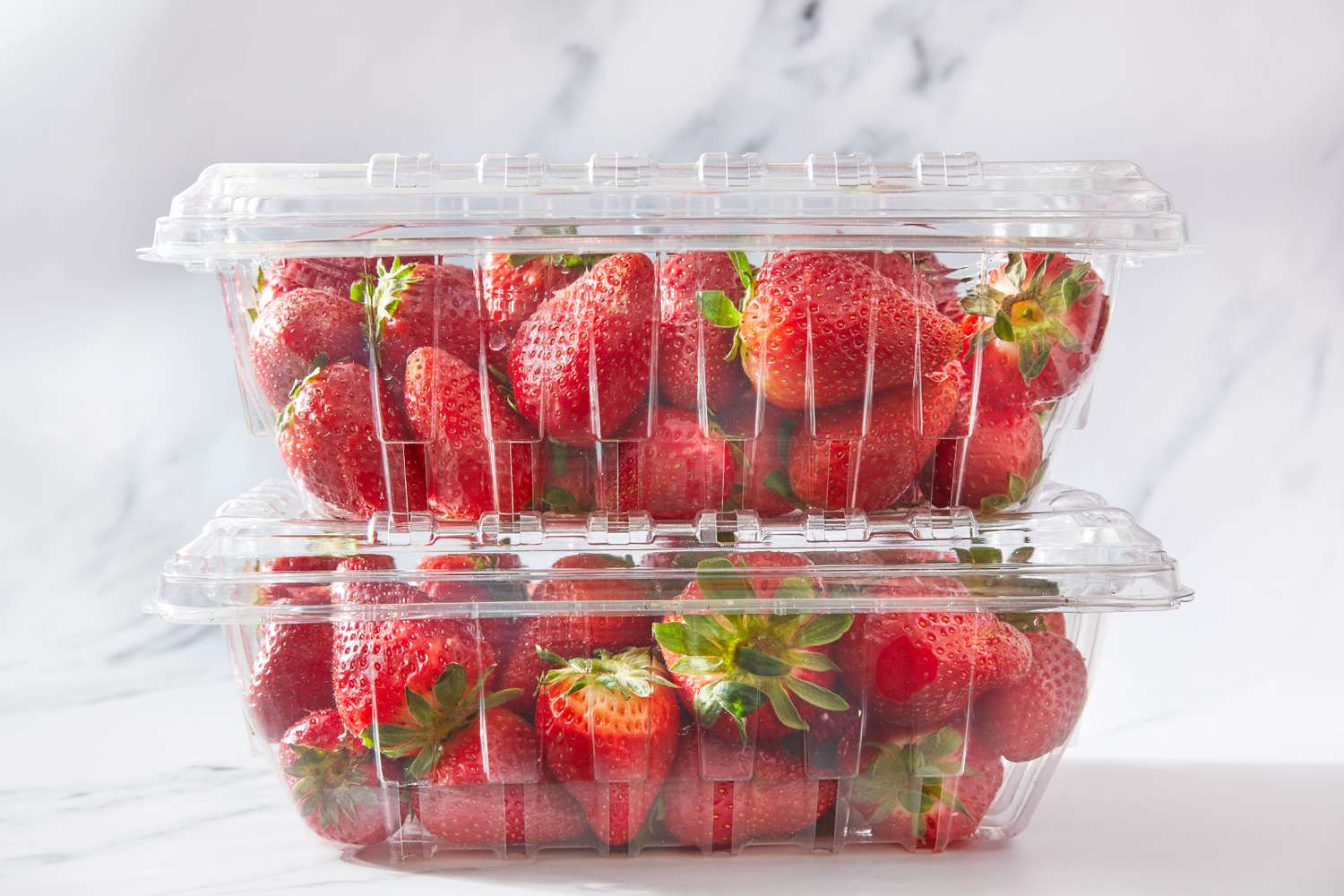
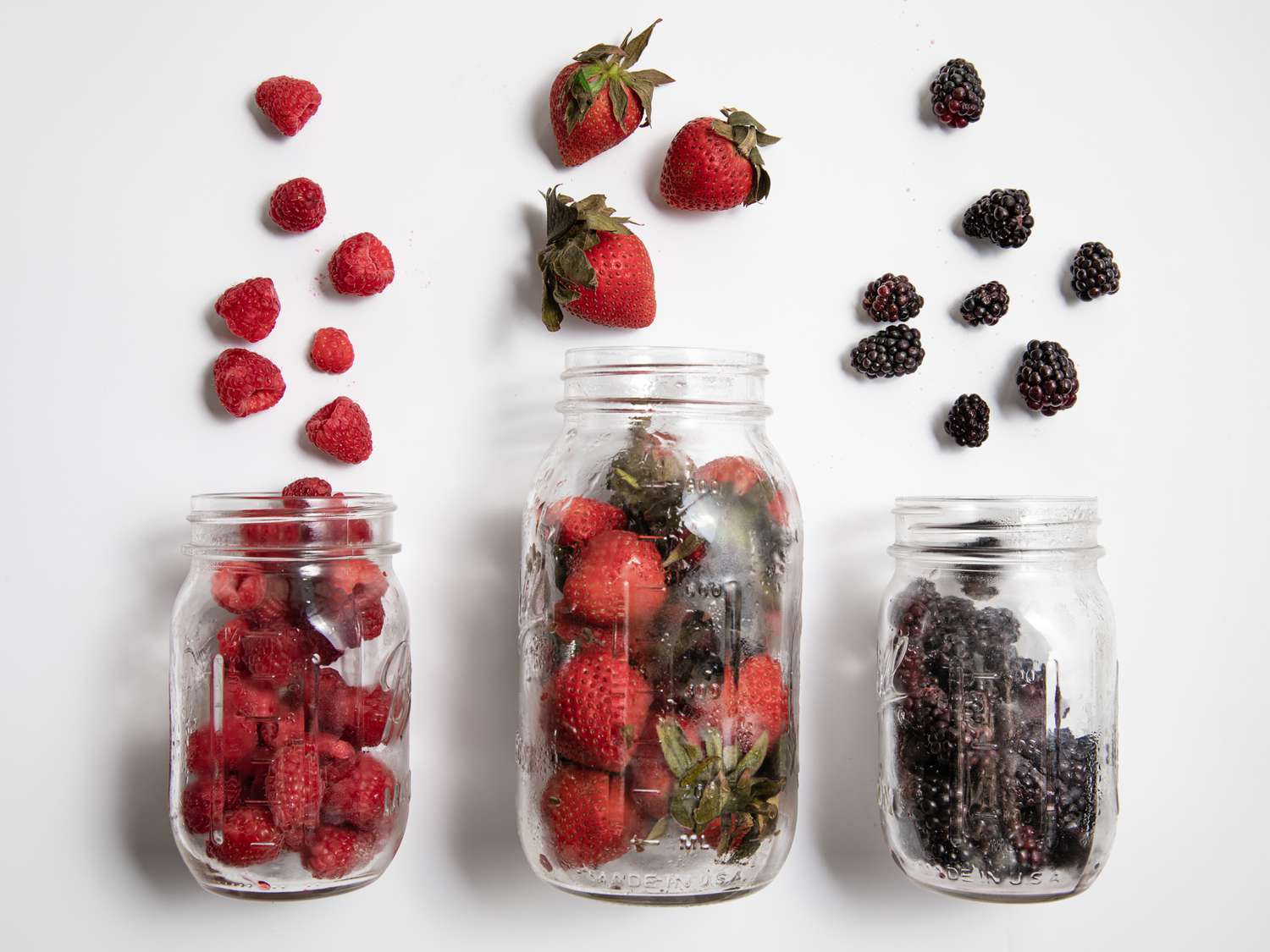
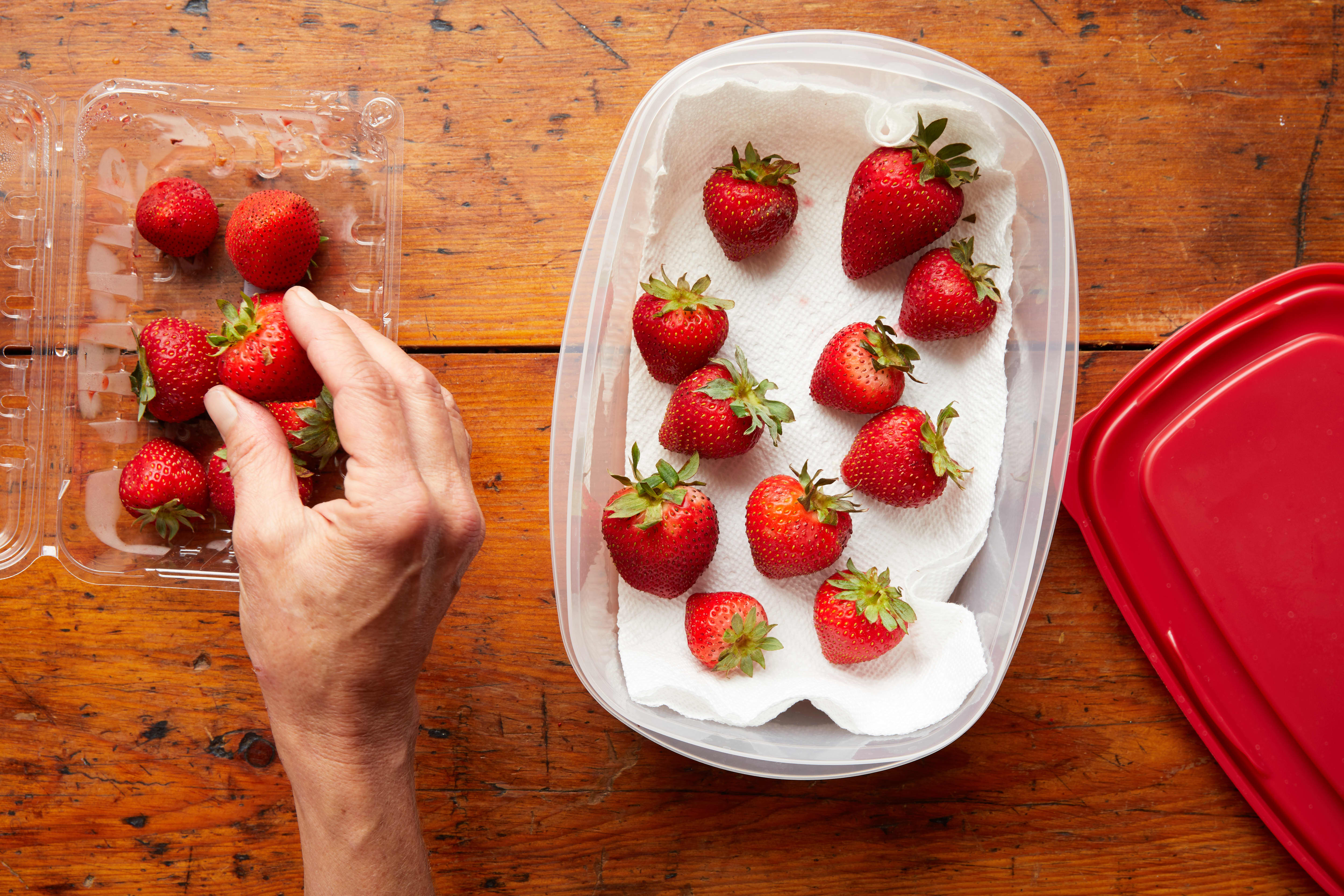
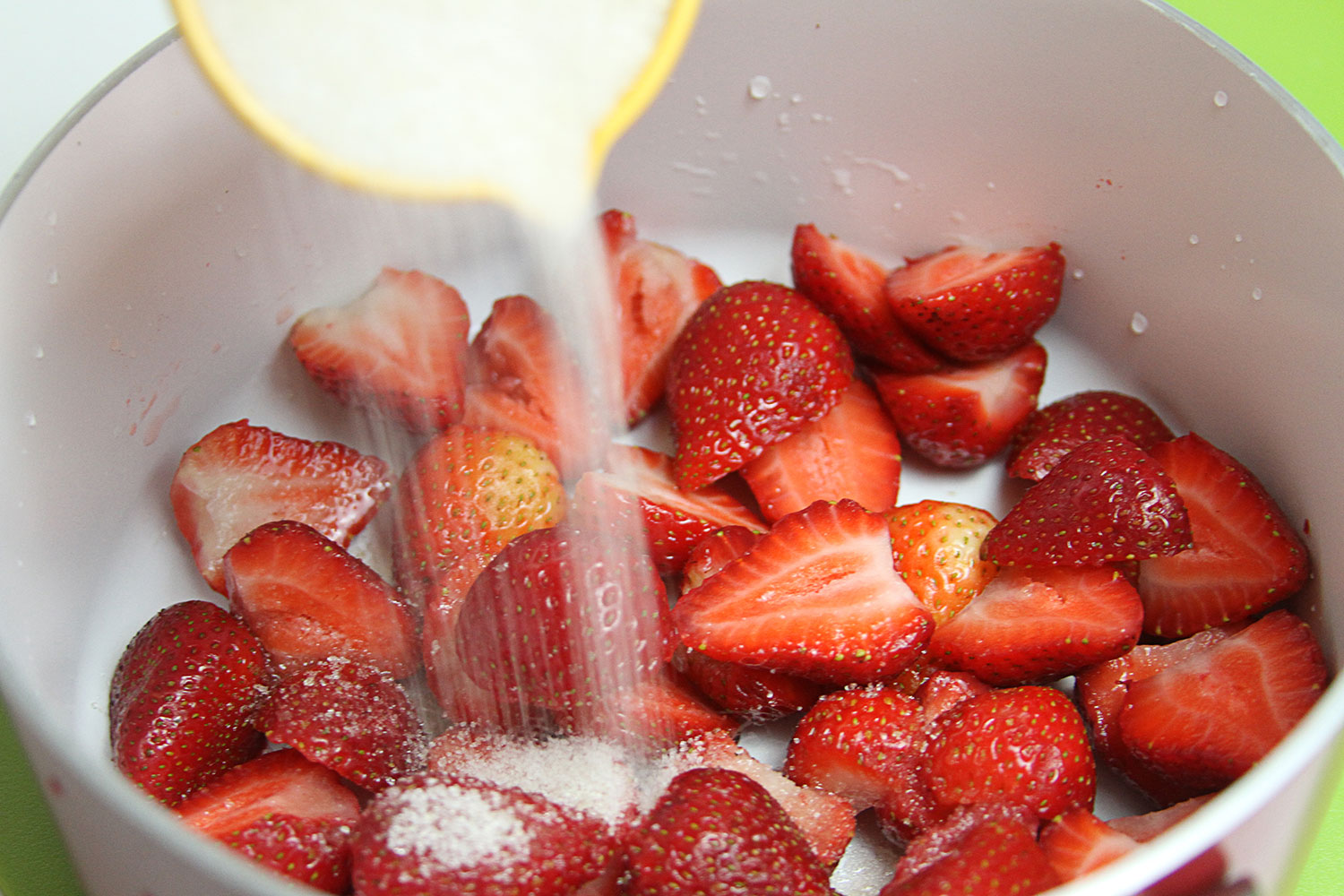
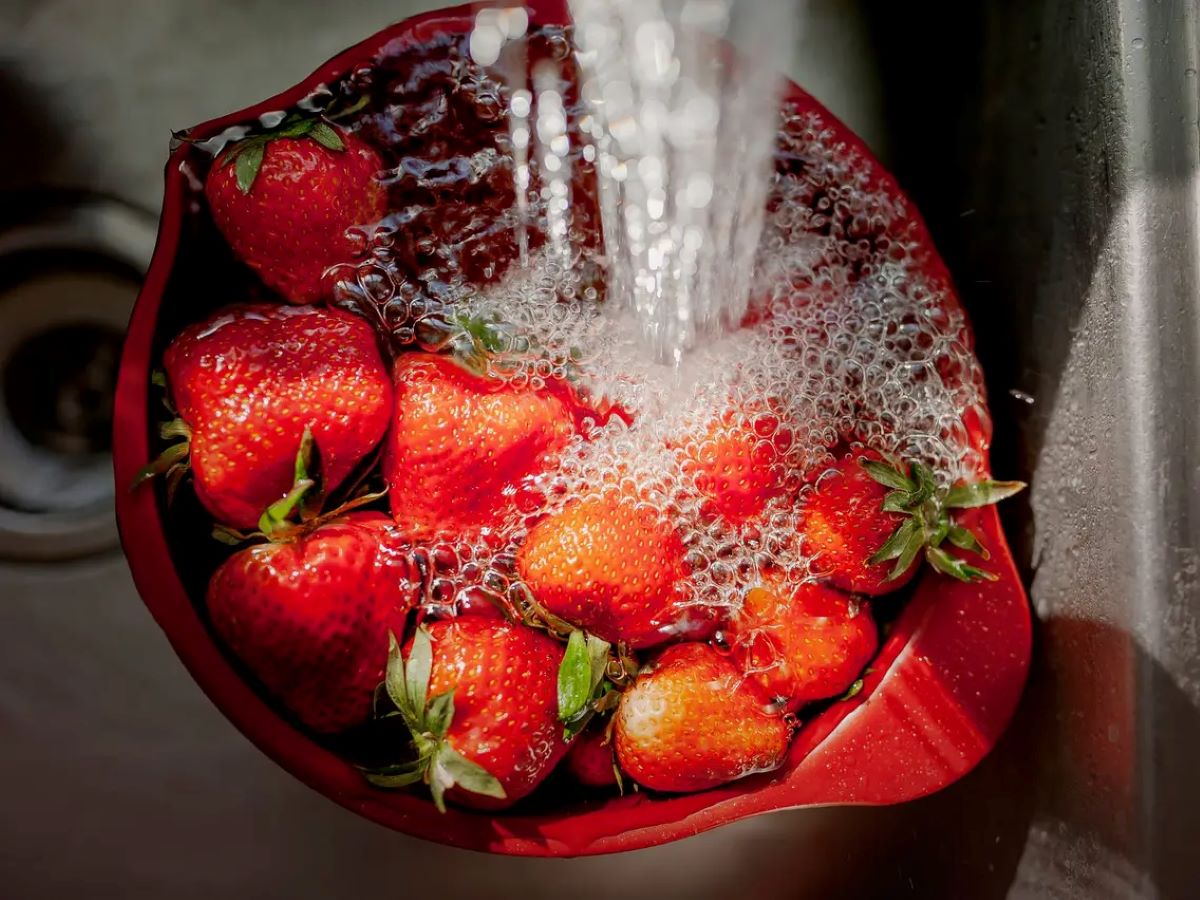
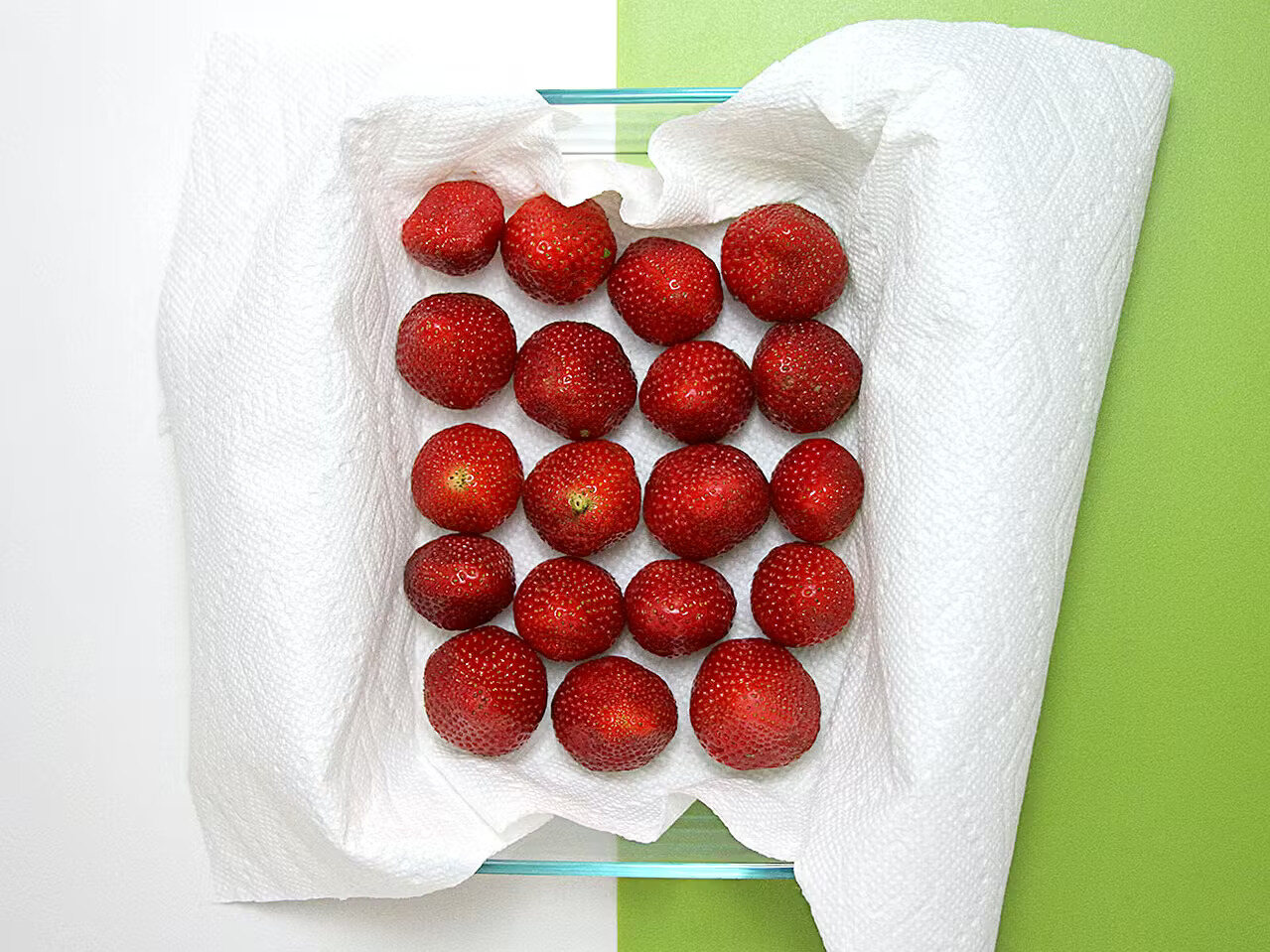
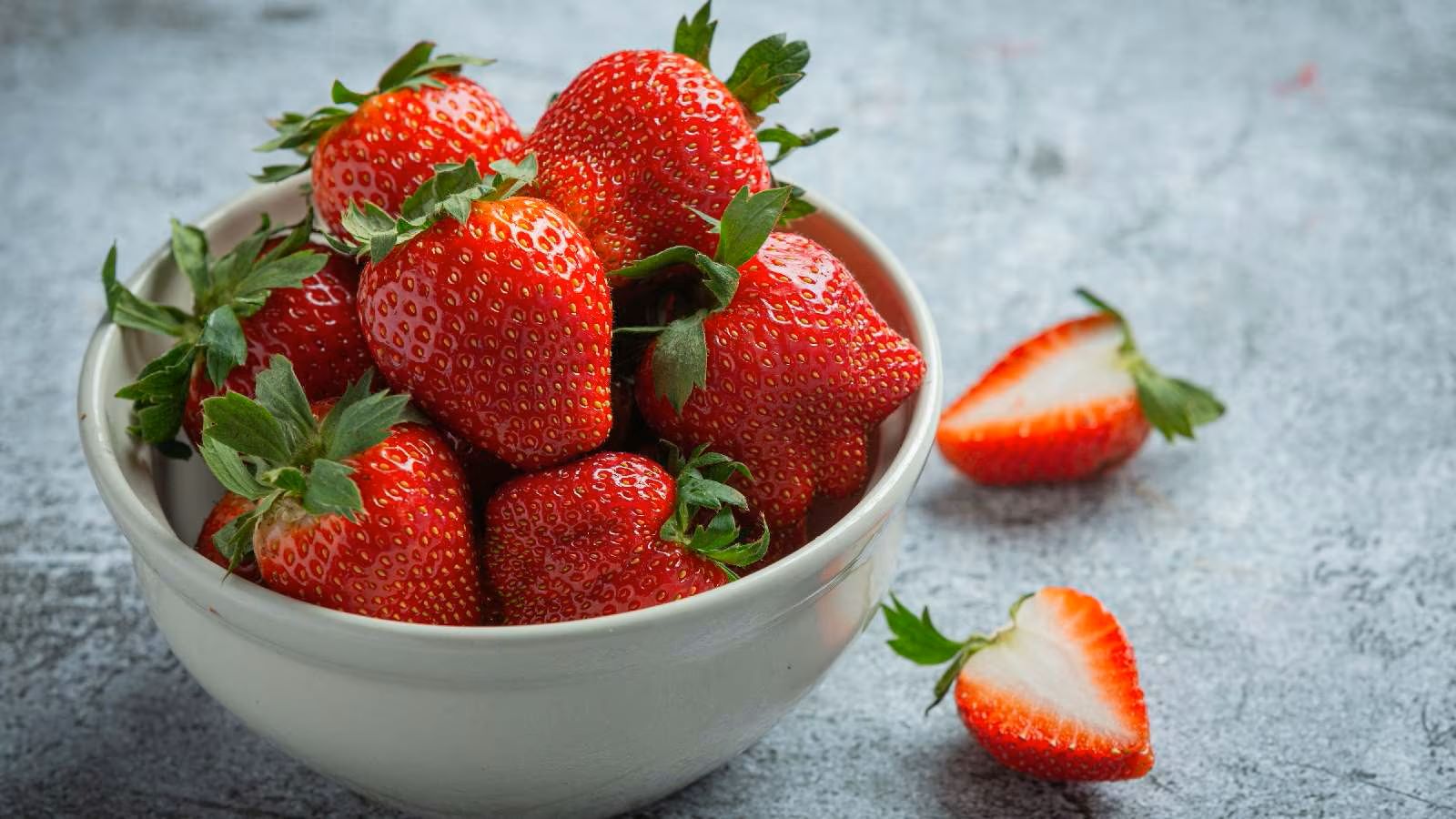
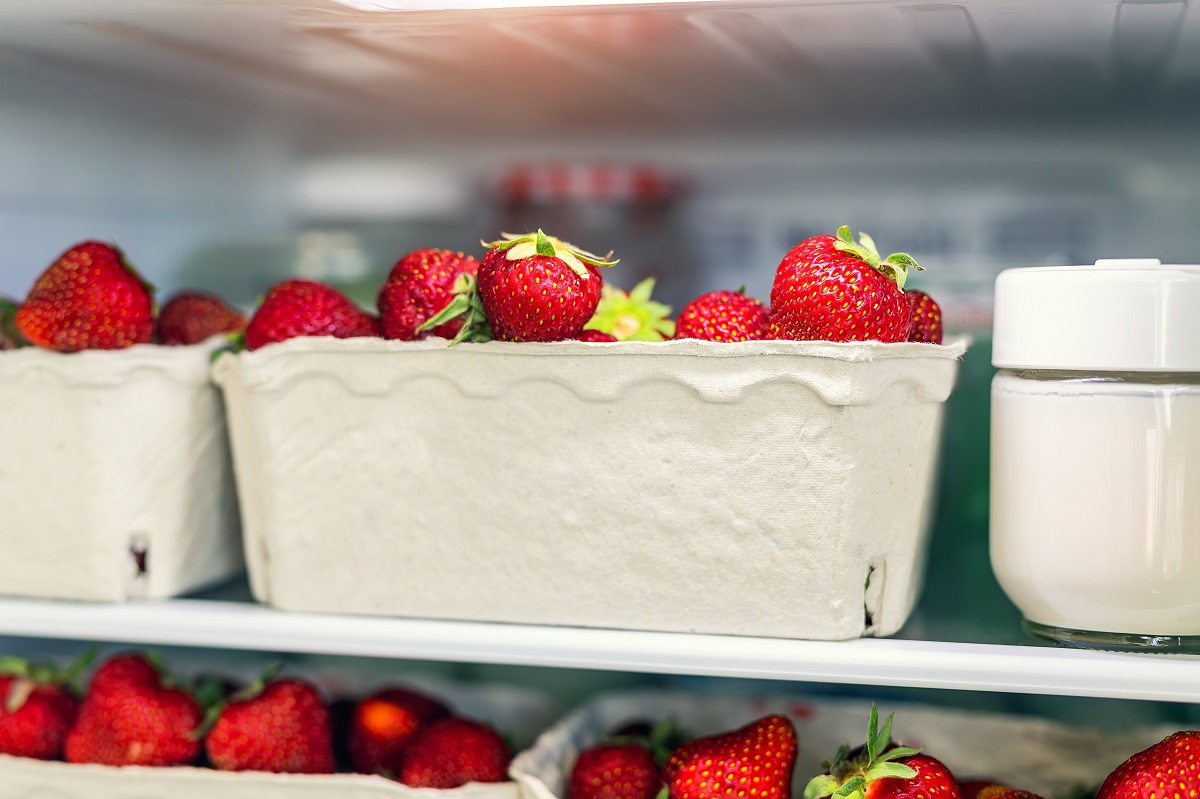
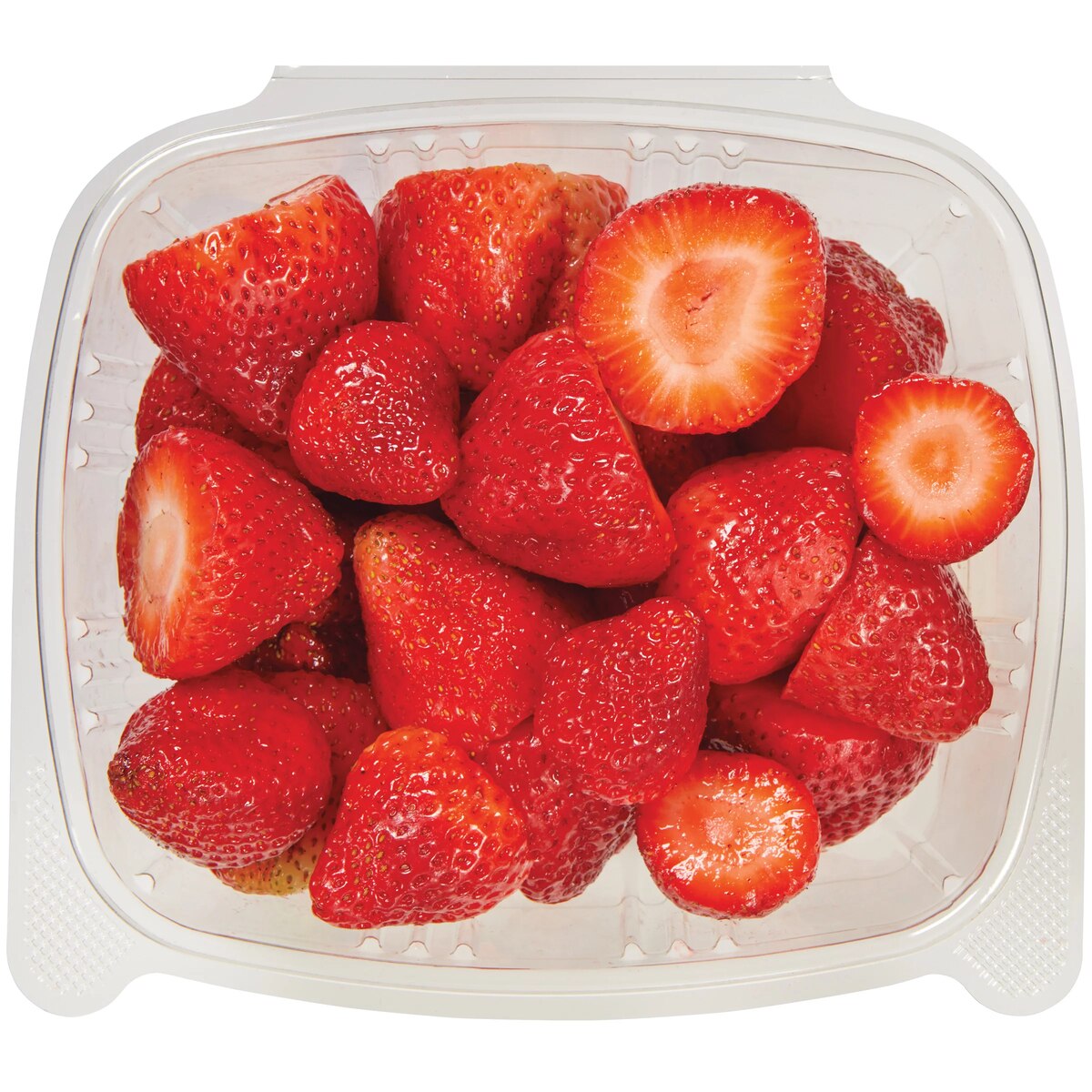

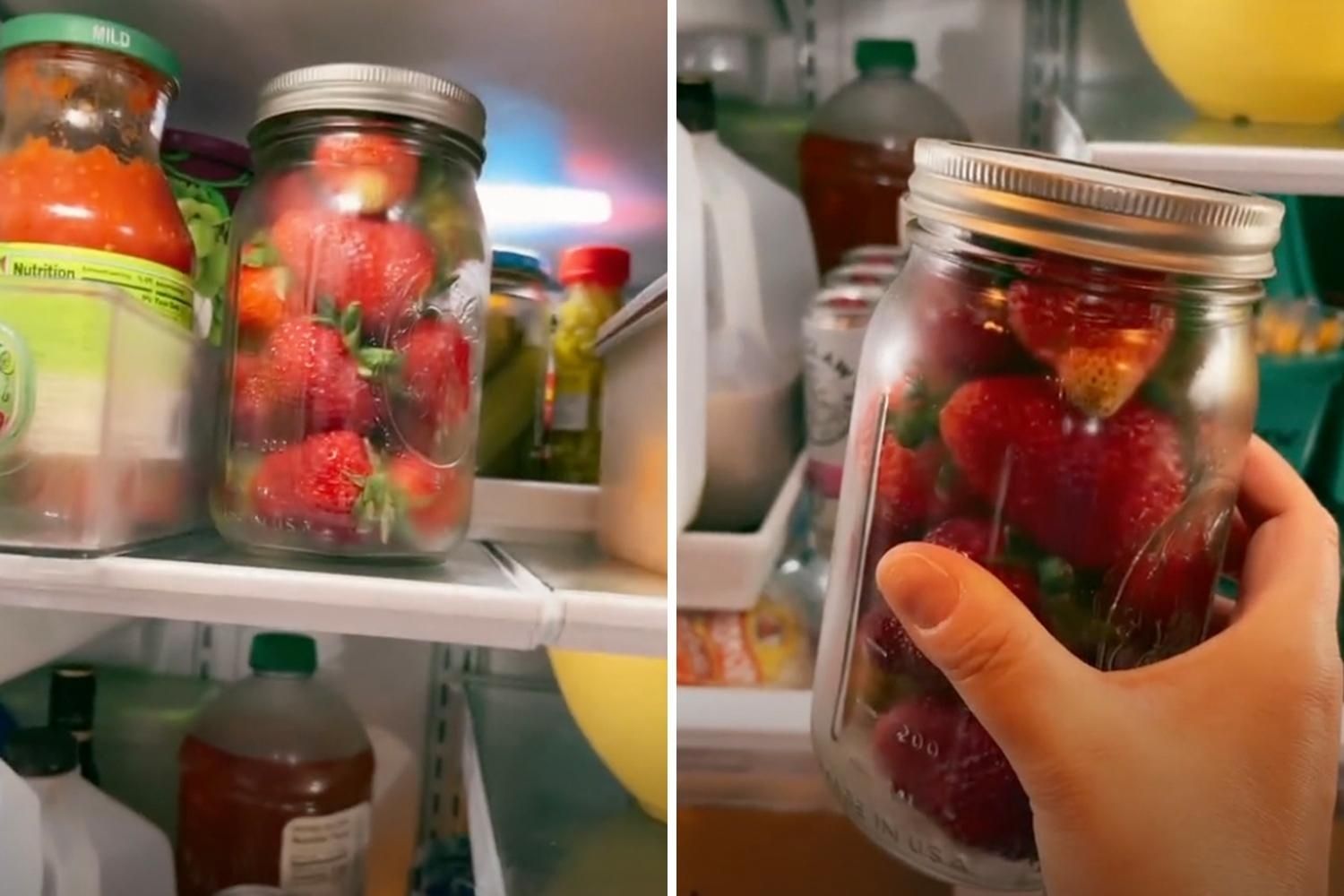
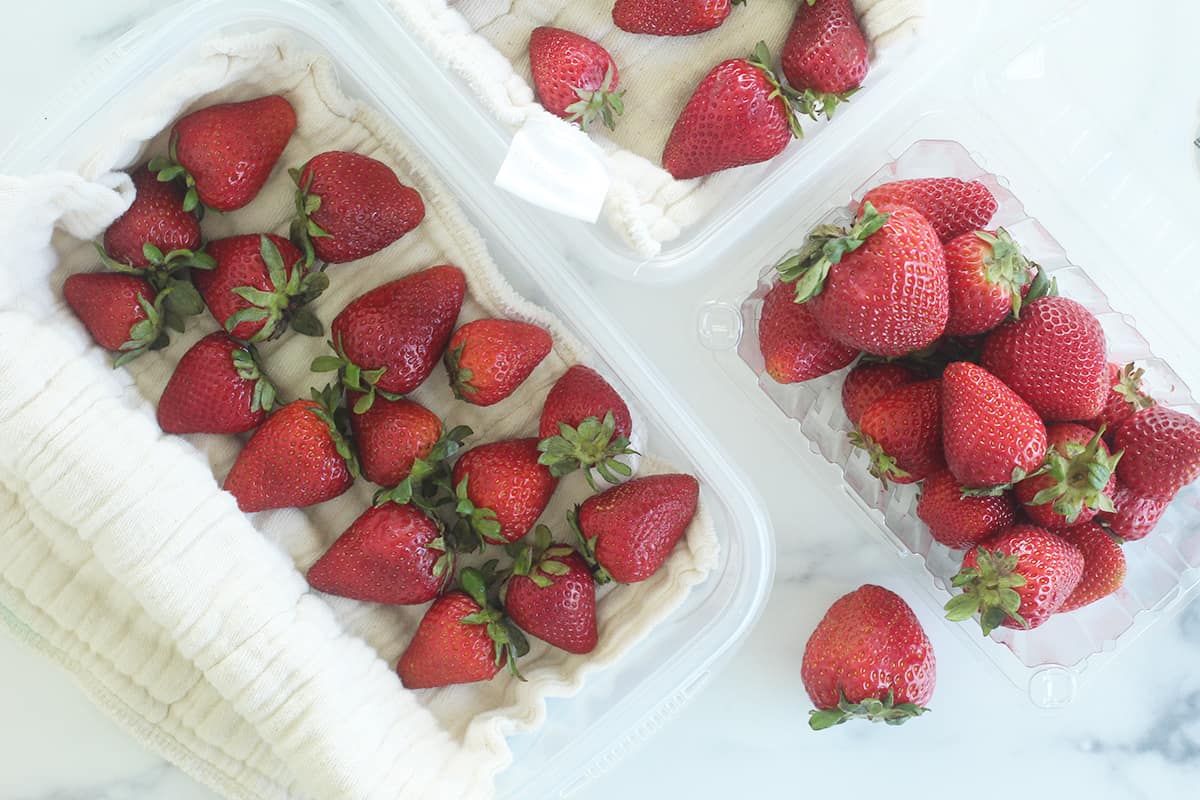


0 thoughts on “How To Store Cut Strawberries”